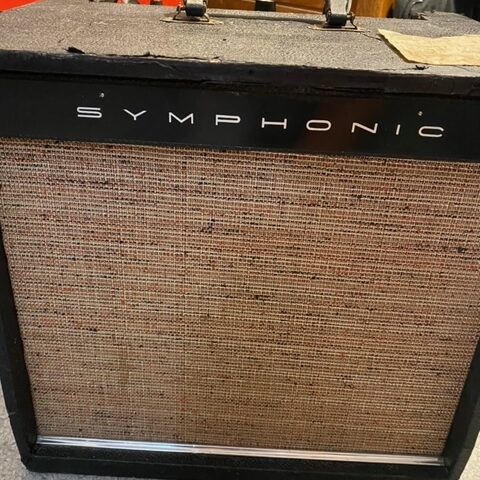With a family history that goes back to instruments built in the Ottoman Empire in the 19th century, Epiphone made some of the finest guitars, banjos and mandolins of the early to mid 20th century. Sadly, the company hit financial trouble due to a four month labor strike and a relocation, two events which they were never able to recover from.

When it came to the business of mass produced archtop guitars, Gibson was the main rival to Epiphone. In 1957, Gibson was able to purchase Epiphone, forever eliminating the competition.
While several Epiphone models of the Gibson made era (1958-1970) were Gibson models rebranded as Epiphones (with subtle differences), several Epiphone models (such as this Crestwood) were unique designs. The Crestood was Epiphone’s top-of-the-line guitar and, like the deluxe Gibson models, sported a bound ebony fingerboard with block inlays (the Wilshire is the same shape, but with the “standard” appointments of rosewood fingerboard and dot inlays). With a solid mahogany body and neck, the Crestwood is most similar to a Gibson SG. However, the Crestwood has softer lines that seem to incorporate a Fender influence (check out the headstock for further proof). Add three pickups and a vibrato, and it seems as though the design team in Michigan certainly had an eye on their California competition!
While these Epi’s were built to a very high standard of quality, they were made in very limited numbers, and most Crestwoods were finished in the cherry red stain made famous on the Gibson SG. However, this rare example was finished in the type of gleaming polaris white lacquer that is most famously seen on the Gibson SG model.
While this rare bird doesn’t come cheap ($8500 at Southside Guitars), the fact there were less than 300 built (in red and white) makes the price seem very low compared to many other vintage electrics of the ’50s and ’60s.



